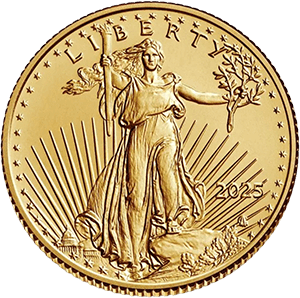
On August 1, 2025, a new chapter in U.S. trade policy will begin—and markets are already bracing for the impact.
The Trump administration has announced that tariffs previously paused in April will be reinstated unless new trade agreements are finalized by the deadline. The news has injected fresh uncertainty into global markets and renewed debate over the role of tariffs in U.S. economic strategy.
But this isn’t just another skirmish in the trade war playbook. It’s part of a broader push to force swift negotiation—and the consequences could ripple across consumer prices, manufacturing, and global confidence in the U.S. dollar.
A 90-Day Pause Comes to an End
Back on April 2, the White House paused a wide-ranging set of tariffs, giving trade partners 90 days to come to the table. These tariffs, which ranged from 20% to nearly 50% on certain imports, were part of a broader economic strategy aimed at rebalancing America’s trade relationships.
Now, with the deadline looming and many countries still mid-negotiation, those paused tariffs are set to snap back into place on August 1. According to Treasury Secretary Scott Bessent, unless a country has a signed agreement—or is making “meaningful progress”—it can expect a return to those pre-April tariff levels.
And there’s more: countries aligned with BRICS or identified as “anti-American” in current diplomatic assessments may face an additional 10% penalty layered on top of existing rates.
Trade Partners Under Pressure
Several nations have already moved quickly to avoid the tariff hammer. The United Kingdom and Vietnam have reached preliminary agreements, locking in tariff rates around 10–20%. But for others—particularly China, India, and the European Union—time is running short.
India is reportedly close to a deal focused on agricultural and dairy exports. Japan is in ongoing talks to protect its steel and auto sectors. For smaller nations without active agreements, tariff letters are now arriving—warning of penalties that could spike to as much as 70% if progress isn’t made.
This hardball strategy, reminiscent of Trump’s first term, is designed to put countries on notice: trade with the U.S. on new terms, or pay the price.
The Market Reaction: Drifting Stocks and a Weakening Dollar
Unsurprisingly, the markets have reacted with caution. As of this writing, global stocks are drifting sideways and the U.S. dollar is hovering near multi-year lows. The uncertainty around trade has investors questioning the short-term stability of global supply chains and U.S. export relationships.
In past cycles, similar tariff strategies have driven increased demand for gold and other tangible assets—especially when currency volatility enters the picture. With inflation still a lingering concern and bond yields volatile, many investors are rebalancing into defensive positions.
What This Means for U.S. Consumers and Investors
If the August 1 tariff reset takes effect, the cost of many imported goods will likely rise—especially in sectors like electronics, vehicles, industrial components, and even consumer appliances. Retailers will be forced to absorb the increases or pass them on, which could fuel a new wave of price inflation heading into the fall.
At the same time, the push for trade deals may result in last-minute diplomacy, which could relieve pressure—but likely not before some volatility shakes through the system.
For investors and savers, this is a time to think strategically. Precious metals, high-yield savings accounts, and diversified portfolios may all play a role in weathering the turbulence ahead.
Final Thoughts
The tariff reinstatement isn’t just a political maneuver—it’s a major inflection point in how the U.S. approaches global trade in 2025. With talks still underway and penalties looming, the next three weeks could set the tone for the remainder of the year.
Whether you’re a business owner trying to navigate supply chain shifts, or an investor wondering how to hedge against uncertainty, staying informed—and agile—is key.
Want to know how tariffs might affect your retirement portfolio or savings strategy?
Schedule a free Precious Metals Wealth Checkup with one of our advisors today.
📞 Call Now to Speak to an Expert Advisor
Sources:
-
Financial Times, Barron’s, Reuters, Yahoo Finance, Time
-
American Standard Gold Market Research, July 2025






